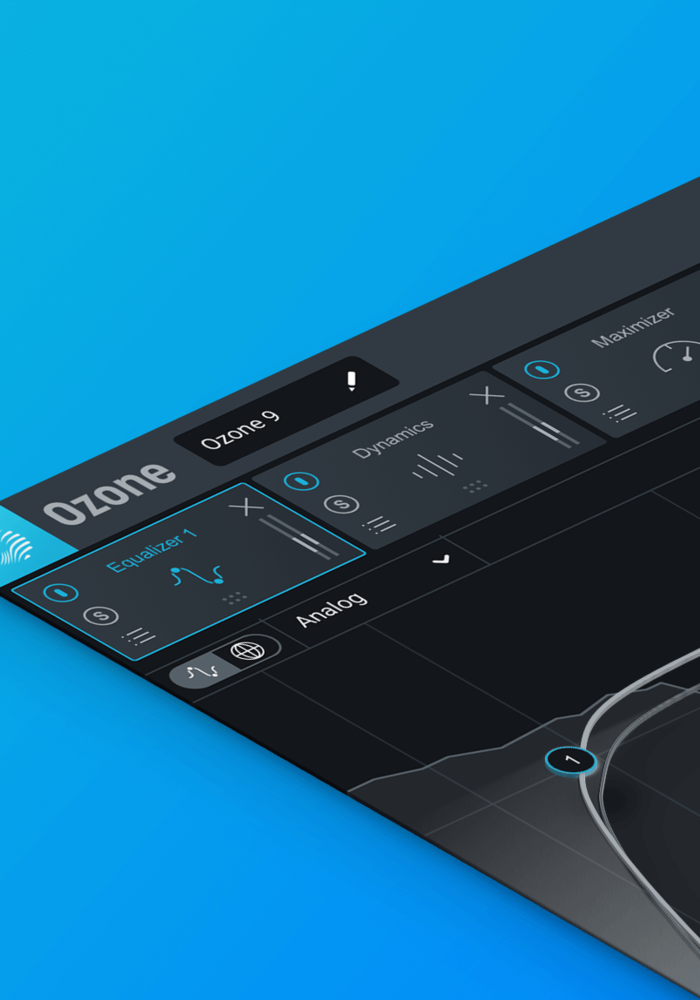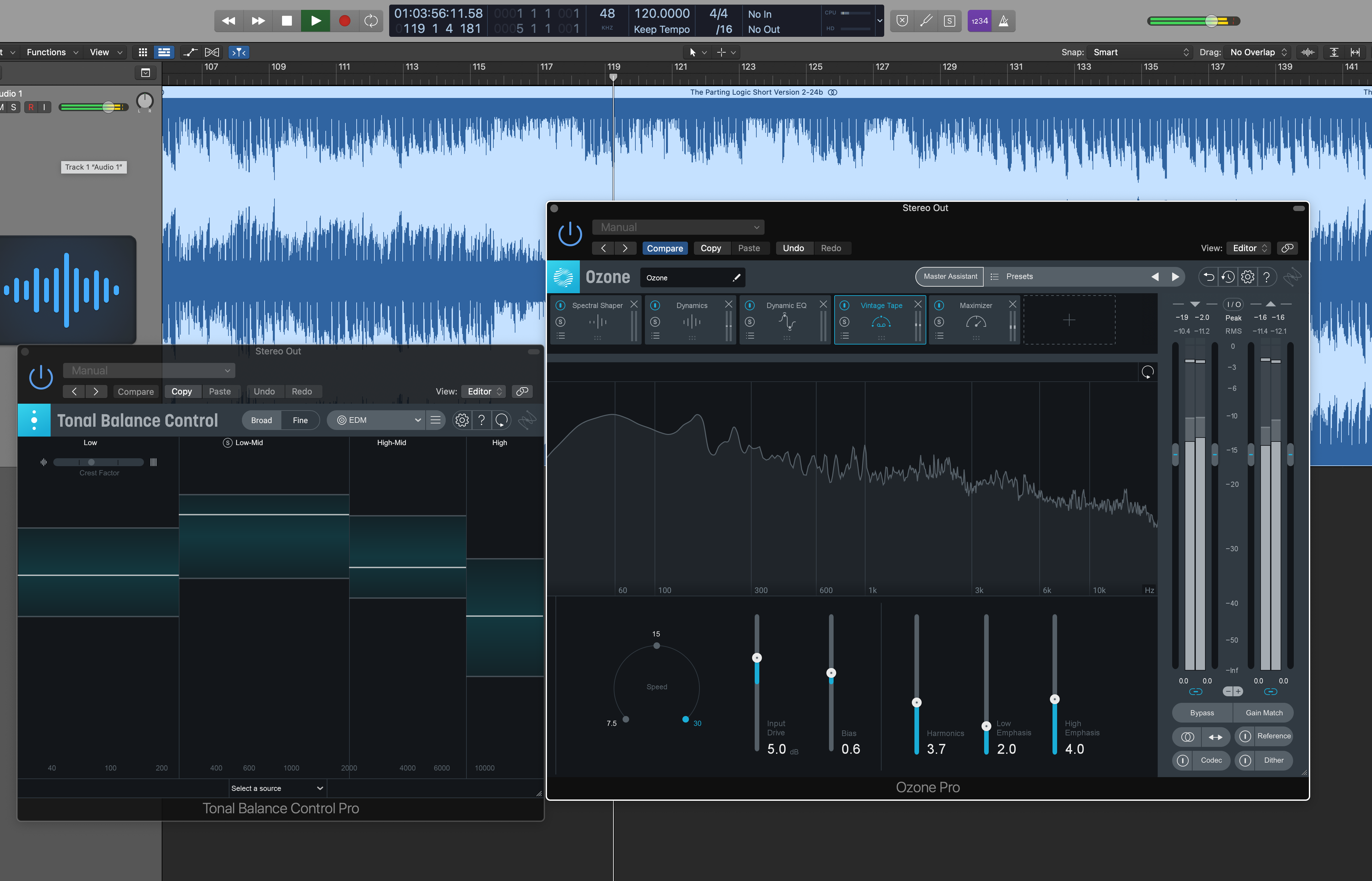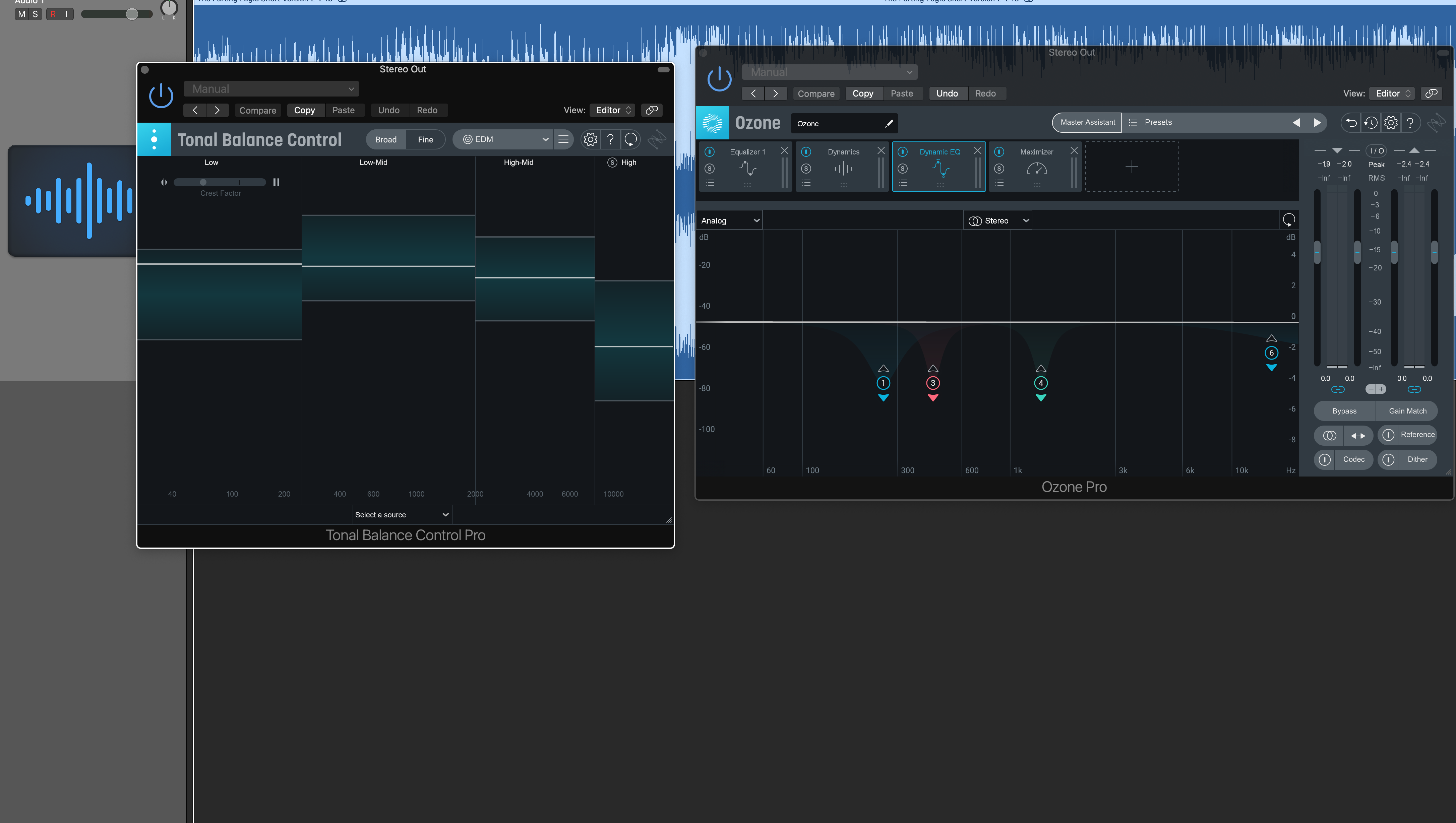In part one of this review we took a look at what makes iZotope RX the industry standard for cleaning and repairing your audio files. This time we’re focusing on Ozone Pro, and how this rather clever plugin and its components can not only assist you in mastering your own mixes but actually help in furthering your mastering knowledge. And while there can be no substitute for using your ears, we’ll also take a look at Tonal Balance Control, which can help act as your second opinion when you need it most...
One mastering engineer’s mastering chain can be very different to the next, often changing from job to job and genre to genre. Bearing that in mind, Ozone provides a very comprehensive list of modules to load up your Ozone Pro plugin with.
Let’s start with Ozone’s main plugin interface, Ozone Pro, of which the Master Assistant is its key feature. The Master Assistant utilises machine learning to make informed decisions about samples depending on the specific genres of music that you play. You also have the choice of playing your preferred or favourite tracks with a view to emulating the same style or sound. By selecting a section of audio which represents your track at its loudest or most dynamic, you’re giving the Master Assistant a good place from which to start building your mastering chain.
Ozone Pro is a bit like a rack of software versions of the mastering tools that you’d find in a mastering room, but with a couple of additions that you won’t have seen before, like the Gain Match and Bypass buttons, with which you can instantly compare your original mix with your master as you go.





